Razor clams, known for their delicate flavor and unique texture, are a prized delicacy in coastal cuisines worldwide. However, their perishable nature demands careful handling to ensure they remain fresh and safe for consumption. If you’ve recently purchased razor clams and wonder how to extend their lifespan beyond a few hours, this guide will equip you with proven techniques to preserve their quality. From selection to storage and maintenance, we’ll explore every step to help you enjoy these treasures of the sea at their best.
Understanding Razor Clams: Why Proper Storage Matters
Razor clams (Solen strictus and related species) are bivalve mollusks that burrow in sandy or muddy coastlines. Unlike hard-shell clams, their elongated, thin shells make them more vulnerable to desiccation and bacterial growth. When harvested, they rely on their stored moisture and closed shells to survive out of water. However, improper storage can lead to rapid spoilage, rendering them inedible or unsafe.
Key challenges include:
- Respiration: Razor clams continue to breathe, requiring oxygen.
- Moisture loss: Dry air can dehydrate them, causing stress or death.
- Bacterial growth: Warm temperatures accelerate spoilage bacteria.
By addressing these factors, you can keep razor clams alive and fresh for 3–5 days, depending on their initial freshness.
Step 1: Selecting the Freshest Razor Clams
The foundation of successful storage begins at the point of purchase. Follow these tips to choose clams with the best survival chances:
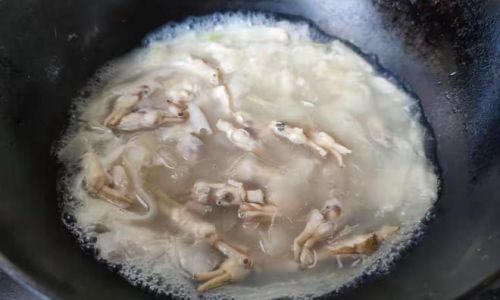
- Inspect the shells: Opt for intact, unbroken shells. Cracks allow moisture loss and bacterial entry.
- Check for responsiveness: Gently tap any open clams. Fresh ones will snap shut immediately. Discard those that remain open.
- Smell test: A briny, ocean-like aroma is normal. Avoid clams with a strong, fishy, or sour odor.
- Ask about harvest time: Locally sourced clams are often fresher than imported varieties.
If purchasing pre-packaged clams, ensure the container is free of excess liquid and that the clams are not submerged in water, which can suffocate them.
Step 2: Initial Preparation Post-Purchase
Once home, resist the urge to rinse or scrub the clams immediately. Excess water can dilute their natural mucus, which helps seal their shells and retain moisture. Instead:
- Remove damaged clams: Discard any with broken shells or those that do not close when tapped.
- Avoid ice: While refrigeration is essential, direct contact with ice can kill clams by freezing their tissues or diluting their environment.
- Use a breathable container: Place clams in a colander, mesh bag, or bowl lined with a damp cloth. This allows airflow while preventing desiccation.
Step 3: Optimal Storage Environment
The refrigerator is your ally, but not all sections are equal. Follow these guidelines:
- Temperature: Maintain a range of 34–38°F (1–3°C). The coldest part of your fridge (usually the bottom shelf or vegetable drawer) is ideal.
- Container setup:
- Place the clams in a single layer to avoid crushing.
- Cover them with a damp cheesecloth, paper towel, or seaweed (if available) to mimic their natural habitat.
- Avoid airtight containers, which trap carbon dioxide and deplete oxygen.
- Elevate the container: Use a tray or bowl to catch any liquid, preventing cross-contamination with other foods.
Step 4: Daily Maintenance Routine
To maximize lifespan, perform these checks daily:
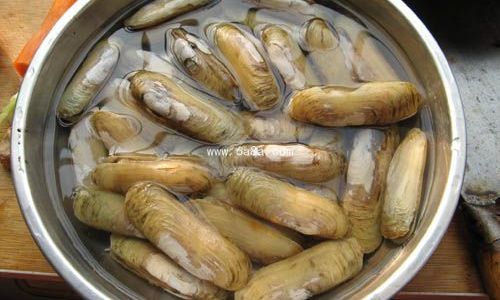
- Remove dead clams: Discard any that remain open after a gentle tap or have a foul odor.
- Refresh the damp cloth: Replace the covering if it dries out, but avoid soaking the clams.
- Aerate occasionally: If stored for more than two days, gently rinse the clams under cold running water (no soap!) and re-cover them with a fresh damp cloth.
Step 5: Advanced Techniques for Longer Storage
For those seeking to extend shelf life beyond five days, consider these methods:
- Saltwater aquarium: Submerge live clams in aerated, saltwater (3% salinity, matching ocean conditions) in a cool, dark place. Change 25% of the water daily.
- Cooler storage: If camping or without fridge access, pack clams in a cooler with ice packs, ensuring the ice doesn’t touch them directly. Monitor temperature closely.
Note: Freezing is not recommended for live clams, as it ruptures cell membranes, resulting in a mushy texture upon thawing. However, cooked clams can be frozen for up to three months.
Step 6: Signs of Spoilage to Watch For
Even with meticulous care, razor clams will eventually deteriorate. Discard them immediately if you observe:
- A strong, ammonia-like smell.
- Shells that gap widely and refuse to close.
- Discolored flesh (gray or greenish hues instead of creamy white).
Cooking and Consumption Tips
When ready to cook:
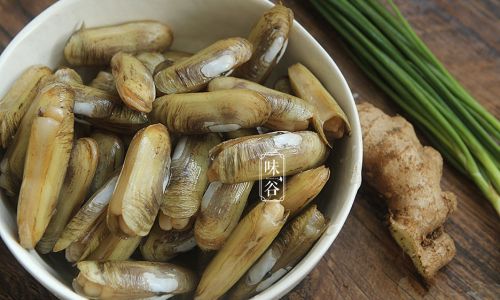
- Purge sand: Soak clams in saltwater (1/3 cup salt per gallon of cold water) for 20–30 minutes to encourage them to expel grit.
- Cooking methods: Steam, grill, or pan-fry briefly (2–5 minutes) until shells open. Discard any that remain closed.
- Pairings: Razor clams complement garlic, butter, lemon, and herbs like parsley or cilantro.
Common Mistakes to Avoid
- Storing in freshwater: This dilutes their natural salts and can kill them.
- Using plastic bags: Trapped moisture promotes bacterial growth.
- Ignoring temperature fluctuations: Even brief exposure to warm air can shorten lifespan.
The Science Behind Clam Survival
Razor clams are osmoconformers, meaning they regulate their internal salt levels to match their environment. By storing them in damp, salinated conditions, you mimic their oceanic habitat, reducing stress. Their shells also act as a barrier against pathogens, but this defense weakens as they age or if the shells are damaged.
Sustainability Note
Overharvesting threatens razor clam populations in some regions. Always purchase from certified fisheries and adhere to local catch limits. If foraging, check tide charts and use proper tools to minimize habitat damage.
Conclusion: Enjoying Razor Clams Responsibly
With the right techniques, razor clams can remain a culinary delight for days after purchase. By prioritizing freshness, maintaining their habitat, and adhering to food safety guidelines, you’ll savor their briny sweetness while respecting their delicate biology. Whether grilled over an open flame or simmered in a fragrant broth, properly stored razor clams are a testament to the ocean’s bounty—and your commitment to enjoying it sustainably.
This guide ensures your razor clams stay vibrant and safe, turning a simple purchase into a memorable meal. Remember: the key to seafood excellence lies not just in cooking, but in the care taken from market to plate.
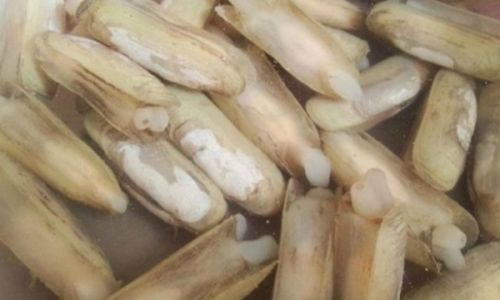
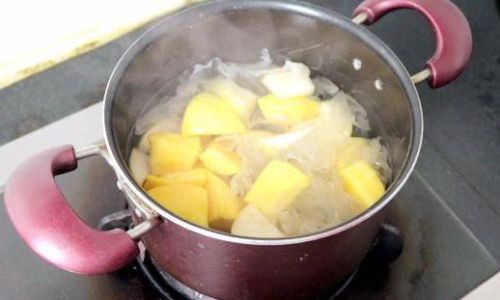

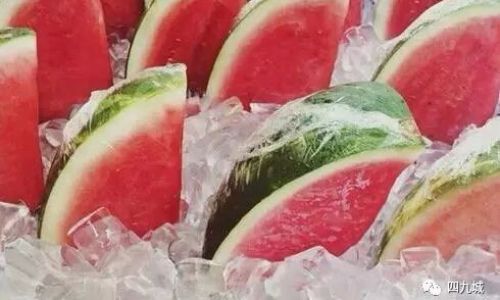



0 comments